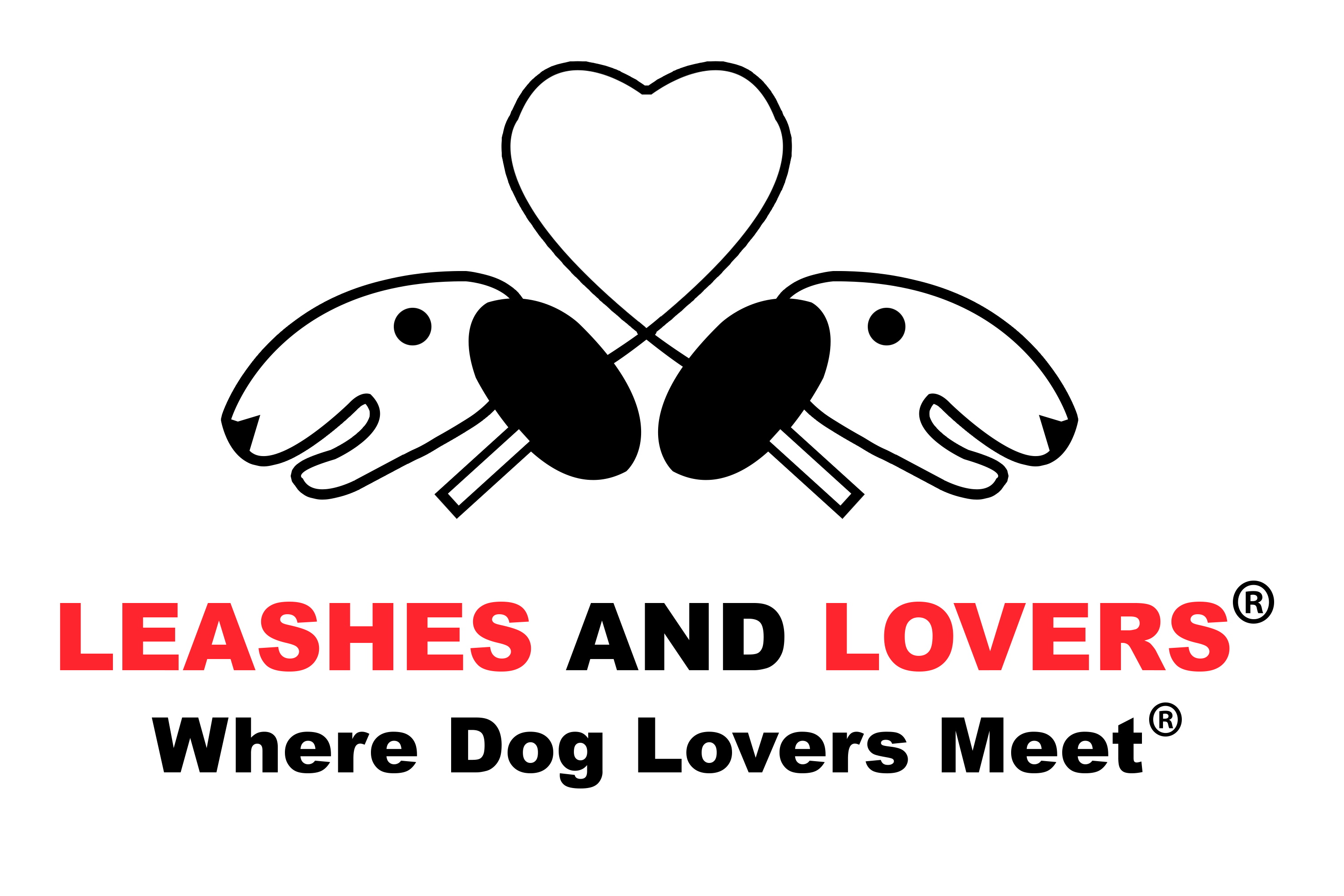By: Laura Bennett
August 2008
The 2008 economics for pet-related small businesses will be affected by a continuing increase in pet-related spending, higher awareness of pet health, continued trading up to quality for pet accessories and food, and an about turn on donations to pet-related charities. Trends include:
1. Pet parents continue to upgrade their purchases
Spending on pet supplies and over-the-counter medicines continues to increase with $9.9 billion projected to be spent in 2007, an increase of 6.5% over 2006, according to the American Pet Products Manufacturers’ Association (APPMA). Spending in 2008 will likely exceed $10.5 billion. People will continue to spend above and beyond on their pets as the population ages and pets take the place of children at home. Pet parents are upgrading necessities, such as food, leashes, and bedding, and some luxuries are not so unusual any more – how often do you see a dog dressed up to go out these days? High-end specialty pet stores continue to thrive despite competition from the big box stores as passionate pet owners look for selection, style, and a unique shopping experience.
2. Pet services for your pets grow in abundance
More than $2.9 billion dollars will be spent on pet services in 2007 according to the APPMA, which will likely continue to grow at around 7% for 2008. Again, pet parents are including their pets in their own lifestyles so visits to the spa, exercise regimes, and hotel-quality accommodations for day care are becoming more common place in urban areas. As we expected, we are seeing more services partnering together centered around pets, such as the Ritz-Carlton and the Barkley Pet Hotel and Day Spa providing pampering for your pet while you kick back in luxury. We also expect to see groomers, doggie daycares, pet hotels, pet insurance companies, lawyers providing pet trusts, and funeral homes providing services for pets also joining forces more and more in 2008.
3. Best friends in life and death
The year 2007 marked the death of Leona Helmsley and the $12 million trust fund she left for her dog, Trouble. New York is not the only state to allow money to be left to care for pets. In 2007, Ohio joined 37 other states plus the District of Columbia in passing a law allowing pet parents to set up pet trusts to take care of pets when they die. As the pet owning population ages, pet trusts will become more prominent. Greater awareness of how to provide for a pet after you are gone will lead to more and more elderly people keeping companion animals who might not have otherwise done so.
4. Growing interest in pet health care
Pet parents are taking control of their pets’ health care as they do their own children. Online resources continue to improve in quantity and quality (Wikipedia is a good place to start) and educated pet owners are arming themselves to guide their pets’ care. Technology from the human world continues to make its way into the veterinary tool kit including non-invasive surgeries, human medical devices and services being applied to pets, super-premium foods aimed at specific ailments, and alternative therapies, such as acupuncture, massage, and behavioral therapies. High end diagnostics, such as MRIs, are becoming more widely available for pets. Online veterinary pharmaceuticals continue to grow but veterinarians are fighting back by dropping their own drug prices. Pet lovers want, and are demanding, the same treatment options for their pets as they can get for themselves.
5. Pet insurance starts to go mainstream
We estimate the 2007 market size for pet insurance in the U.S. to be approximately $195 million in premium, up from $161 million in 2006, a 21% increase, and we expect 2008 growth to increase. We know of at least 2 more companies launching in 2008, adding to the current 9 pet insurance providers in the U.S. One of these companies is a mainstream pet food brand that has had an interest in pet insurance for many years. New entrants with money is good news for the industry as bigger marketing budgets means increasing awareness for pet insurance in general. Look for some of the largest big box retailers to jump on the pet insurance bandwagon later in 2008, which will start to push the mass awareness required to take pet insurance mainstream.
5. Hybrids take center stage
If you see a rather woolly Labrador playing at your local dog park, it is more likely to be a planned hybrid called a Labradoodle than from an accidental litter. Hybrid dogs are muscling in on the purebred scene, much to the chagrin of some and the delight of others, and they are garnering a lot of attention from pet parents looking for something that might be the best of two breeds. The year 2007 saw the popularity of hybrids enter the mainstream (Puggles, Maltipoos and Golden Doodles are some examples) but 2008 will see the rapid growth of the puppy farm hybrid to take advantage of the inflated prices people are paying for these dogs.
The business environment will start to become more challenging as a multitude of new players enter the market. Savvy small businesses will take advantage of change to successfully place themselves uniquely in the market. Trends here include:
7. Increased competition from larger players
Larger companies are beginning to recognize the economic potential of the pet industry. Target and Walmart are both expanding their pet selection and using pets in their advertising. Big box pet specialty retailers, Petco and PetSmart, continue to grow. PetSmart is making a major push into pet hotels (with over 50 of a projected 435 open thus far). These companies continue to move into the full service arena to encourage one-stop shopping and customer loyalty.
8. Large companies buying smaller players or interacting with small businesses behind the scenes, via monetary investment and/or marketing alliances
Not only are the more obvious pet-related giants, such as Purina, Hills, and Iams engaged in this activity (for example, Iams owns an 8.9% interest in Veterinary Pet Insurance and Purina launched a pet insurance product in Canada in 2007), but also other more surprising companies such as paper product giant Kimberly Clark, which is very interested in expanding its revenue stream into the supermarket pet aisle.
9. Increased online sophistication from new pet-related businesses in ecommerce, design, and usability
Traditionally, small business websites have been set up by pet lovers with little thought on design, target audience, and content. Newer players, such as Pawspot noted last year, and DogCars new in 2007 (and we continue to love Urbanhound), are beginning to be more sophisticated in design and ecommerce, reaching their target audience via website usability, SEO, paid search, and word of mouth. These websites are still in the vast minority of a fragmented pet marketplace but gives a savvy small business an opportunity to stand out from the crowd.
10. Pet-related blogs continue to grow their influence.
If you ever doubted the power of blogs in the pet world, you only need look at the impact of blogs during the pet food recall in the middle of 2007. Blogs such as Itchmo, Pet Connection, and Pet Sit USA were deluged by literally millions of people looking for information on the recall. The bloggers responded with up to the minute information and constant pressure on the authorities as the situation unfolded. While the web hits have died down, these bloggers have been stepped up a notch in the eyes of pet parents looking for quality information.
And one final bonus trend that indicates the sentiment of the pet-related customer …
11. More people traveling with their pets
From day trips with the dogs in the back of the car, to trips abroad with your pets, more and more people are including their cats and dogs in their travels. As a result, more hotels, such as the Comfort Inn all the way up to the Westin are accommodating pets beyond just allowing them on the premises. This gives small businesses the opportunity to provide services to local hotels for pets or for accessories to make traveling even easier.
* * * * *
About the author: Laura Bennett is the CEO of Embrace Pet Insurance. Over her career working in the insurance industry in Dublin, Ireland, and Toronto, Canada, she eventually landed in the United States where along with Alex Krooglik, the two of them founded Embrace Pet Insurance to combine their love of pets, the desire for entrepreneurship, and Laura’s expertise in the insurance industry.

